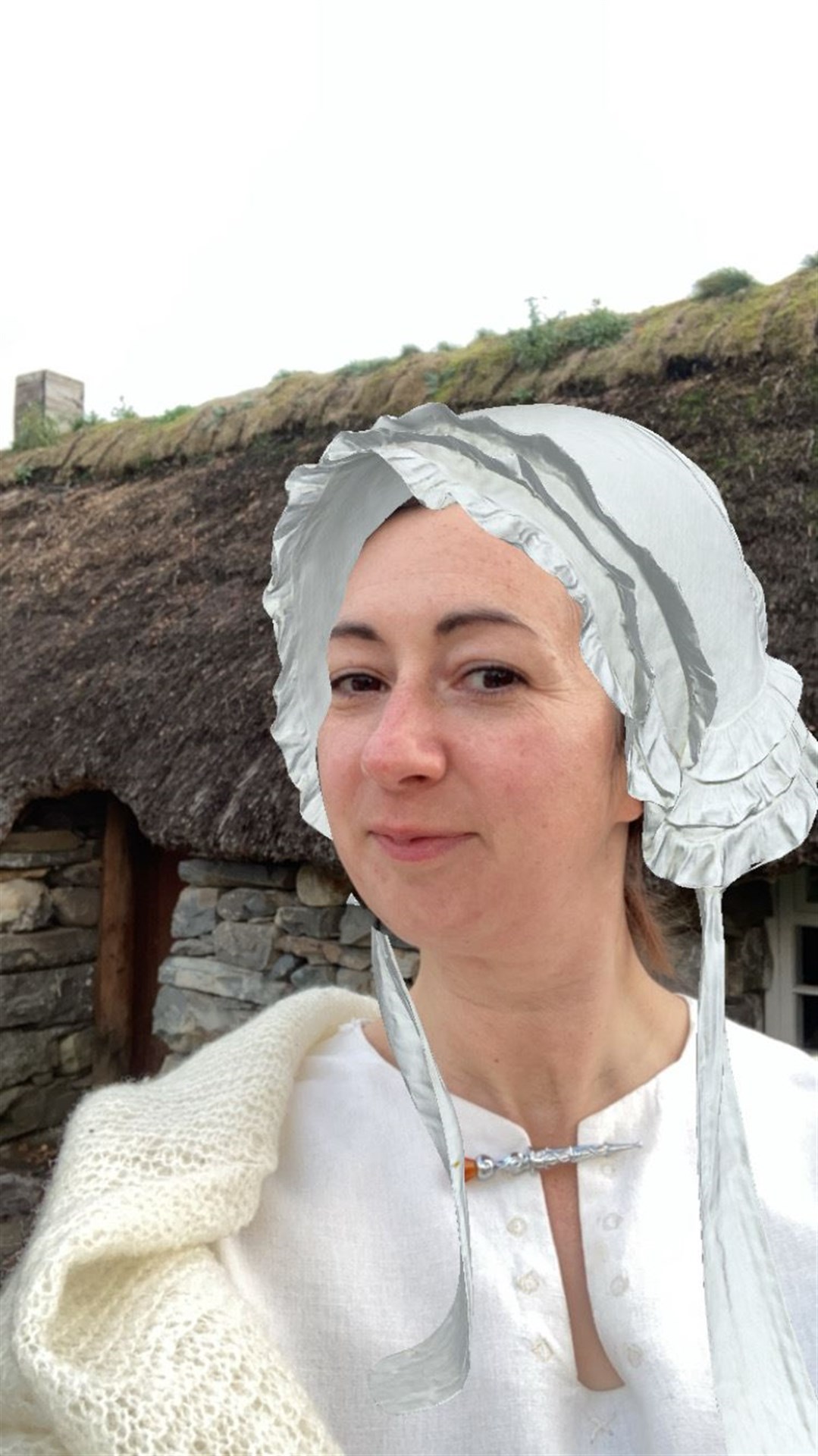WATCH: Highland Folk Museum offers a virtual wardrobe on Facebook and Instagram
Register for free to read more of the latest local news. It's easy and will only take a moment.
The museum has launched two new filters on the social media platforms allowing people to try on two historic bonnets.
One is a classic white cotton mutch, and the other a green woollen Tam o'shanter.
The bonnets are genuine items from the museums collection, dating back to the end of the 19th century.
Project officer Helen Pickles said: “We wanted to create a fun and engaging way to experience textile objects from our collection, and see what can be achieved with augmented reality (AR) technology.
“The tam o’shanter is a classic Scottish bonnet and the one from our collection was occasionally worn by former curator Ross Noble, and we have some photos of him wearing it at previous events held at the museum
“The white cotton mutch with ribbon ties is another quintessential Scottish bonnet worn to keep a woman’s hair clean and tidy whilst she went about her jobs on the croft.
“Although we now don’t physically try on the objects in the collection, this new filter will let anyone try on the hats.”
The digital dress up forms part of the Folk and Fabric project at the Newtonmore museum due to launch next year.
The project aims to showcase items from the collection and offer tours of the five historic buildings.
The bonnets had to be send to Edinburgh to be photographed which allowed them to be transformed into an online filter.
Helen added: “We’re delighted with how the filters have turned out, the end results are very convincing, and really do look like you’re wearing an actual bonnet as they keep up with your head movements.
“Our digital projects will give online visitors an insight as to what the museum has to offer, and provide an opportunity to learn more about some of the objects which usually aren’t on display for conservation and preservation reasons.”
The filters were launched on St Andrews day to mark the special occasion.
The project was funded by the Esmée Fairbairn Collections Fund.





